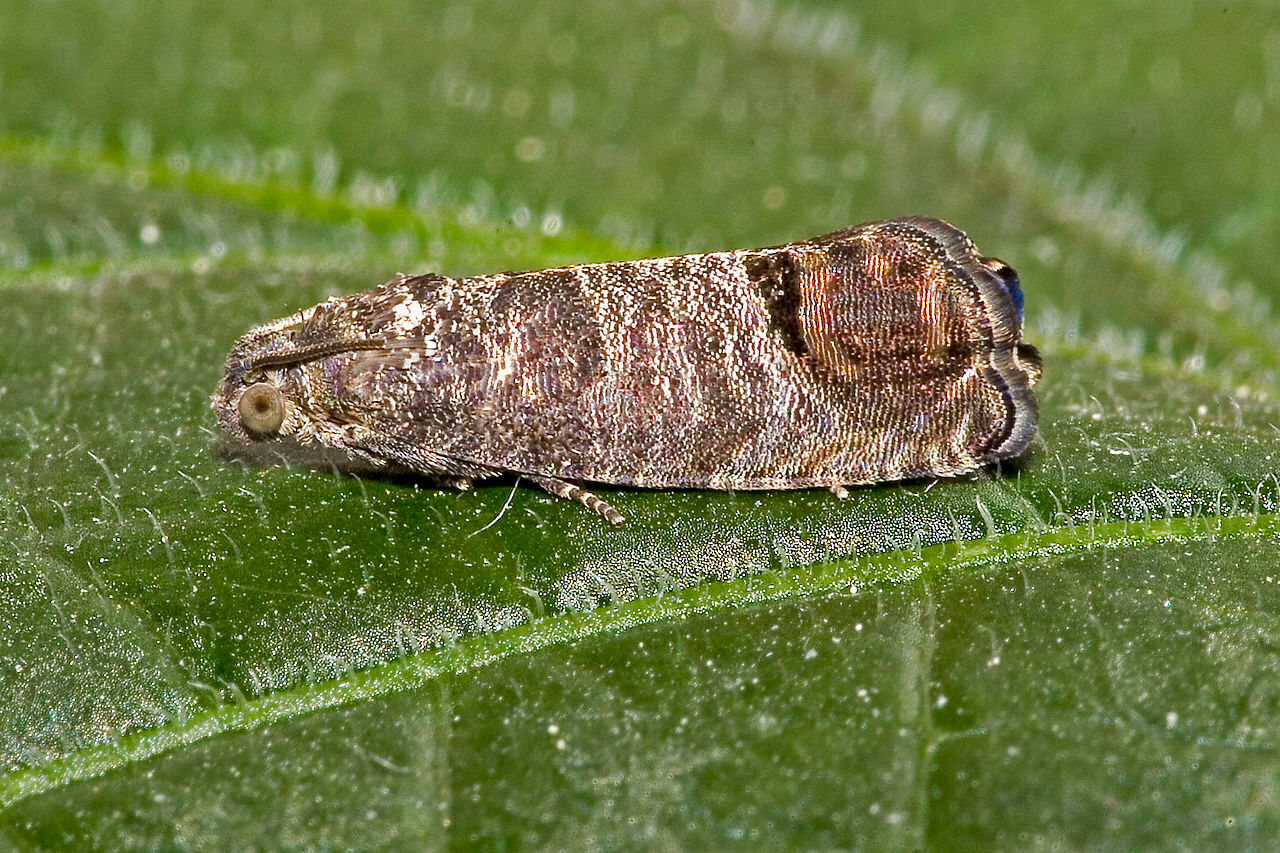
In Western Washington, our apple trees have two major enemies: codling moths and apple maggots. While codling moths can be a nuisance (they don’t ruin the apple), apple maggots can leave the entire fruit bitter and unusable, even for cider. Yet some of the easy solutions for apple maggots don’t protect from codling moth.
The good news is, there are organic, chemical-free methods for keeping your trees safe, including the paper bag method and the legging method.
The Bagging and Legging Methods
The legging method uses stockings or nylons, tied over and covering your apples completely. It’s quite effective against apple maggots, but not against codling moths. To be fully effective against codling moths, you need to spray the stockings with kaolin clay after you’ve covered the apples with them. Kaolin clay also needs to be reapplied every week or two depending on rain (nope – not happening).
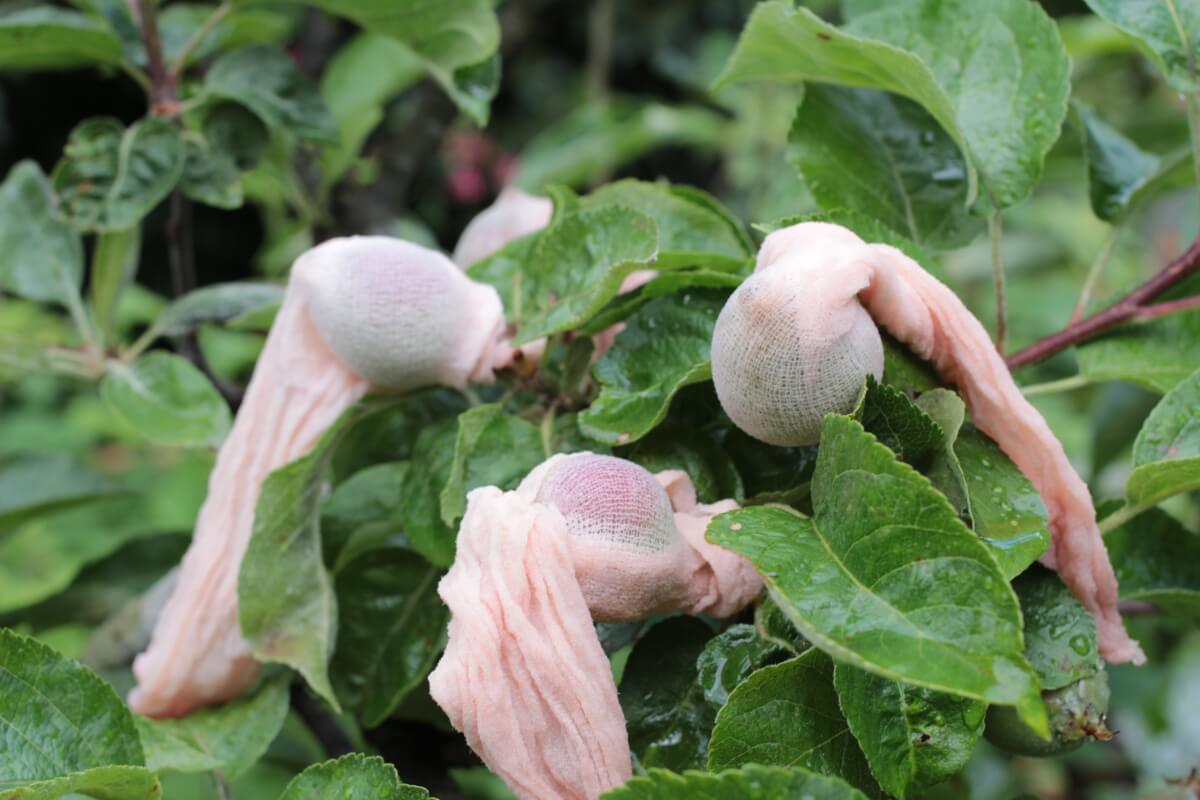
We recommend the paper bag method. The paper bag method has several pros and cons.
Pros:
- Is a one-step process.
- Keeps out both codling moths and apple maggots.
- Uses affordable materials.
- Prevents sunburn on apples.
- Thanks to thinning of fruit before bagging, can result in larger apples.
Cons:
- Can be difficult to apply if the paper bag is too thick.
- Doesn’t keep out earworms, which can poke holes in the bags and let in codling moths.
- Is time-consuming.
- Doesn’t work with short-stemmed varieties of apples.
- Red apples may not see full color development.
When To Start
Codling moths and apple maggots can infest your apples a few weeks after they bloom, so apply paper bags before these insects can do much damage to your trees.
We recommend bagging your apples when they’re between ½ to an inch in diameter. That should be about four to six weeks after they bloom.
Step One: Thin The Fruit
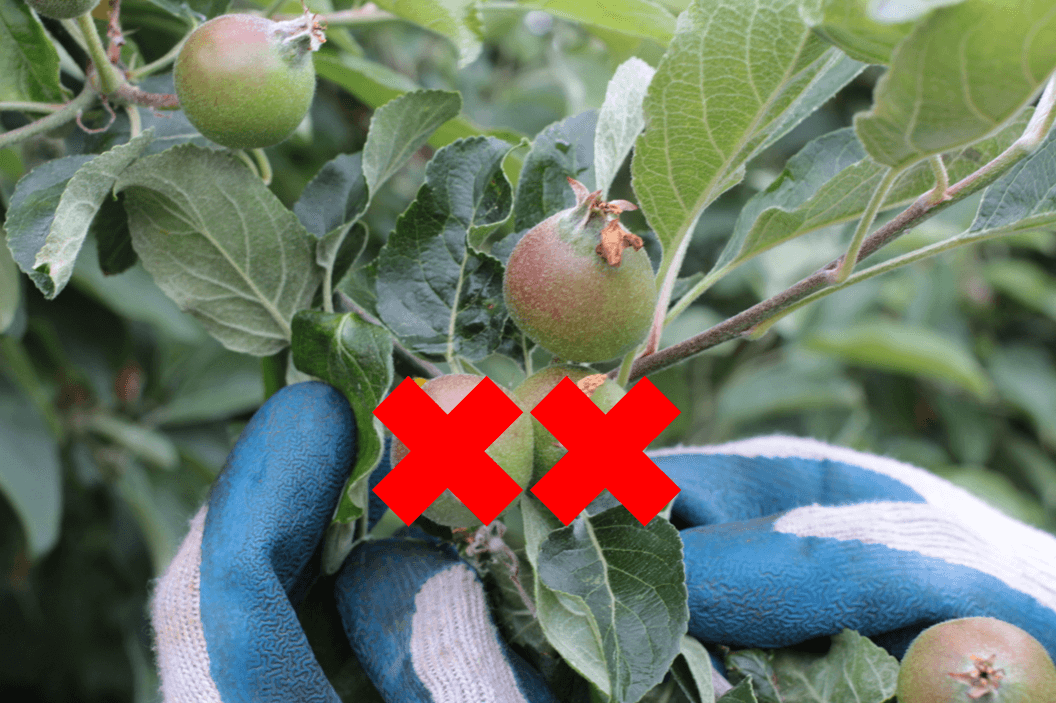
Before you begin to bag your apples, you need to thin out the trees in anticipation of June drop. If you’re unfamiliar with June drop, it’s when apples fall before harvest because there were too many blooms growing from the same stem. This can lead to a big mess for you and is a buffet for hungry herbivores or insects who come across your orchard.
Make a few passes around your tree and remove any extra apples from clusters. Leave the biggest ones on the tree. This is also a good time to see if any codling moths or apple maggots have already infested some of your fruit.
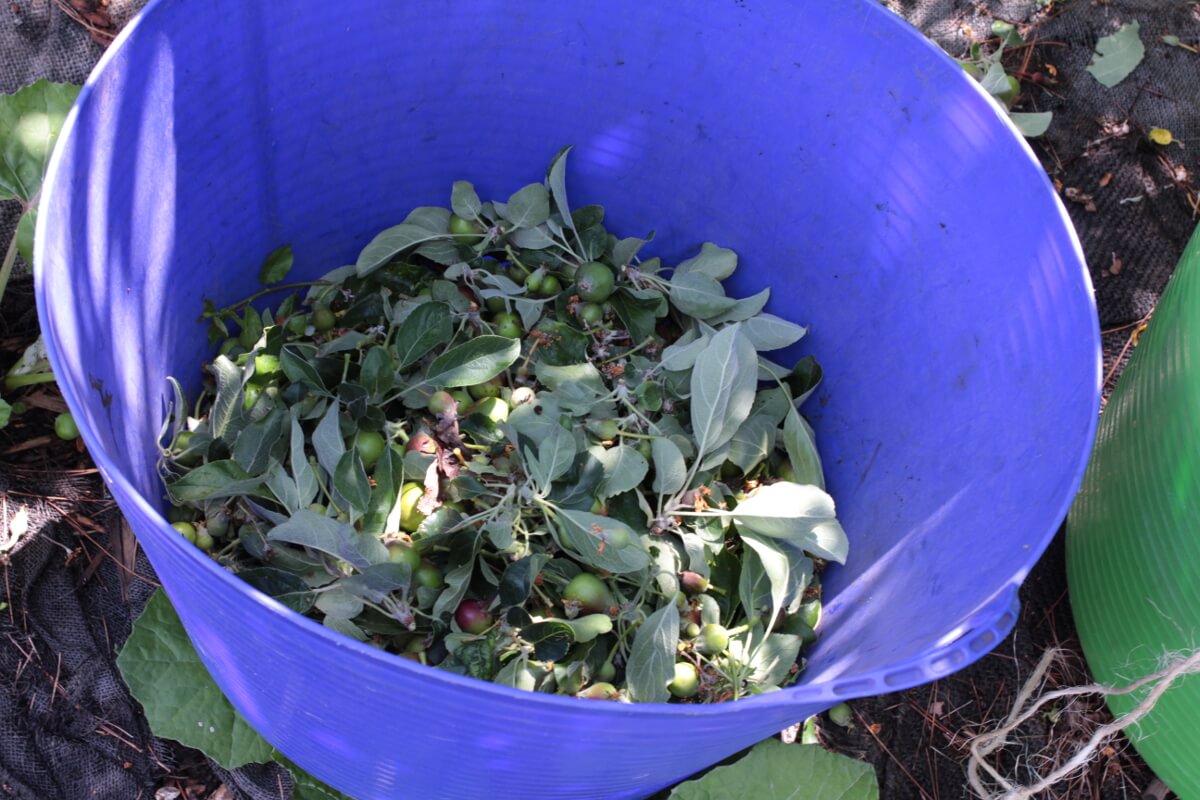
As for those now-discarded apples? Don’t leave them on the ground or they may still attract maggots and moths. Add them to your compost, or feed them to chickens or other livestock.
Step Two: Add The Bags And Ties
For bagging apple trees, one good option is using small to medium paper bags and simple paper twist ties.
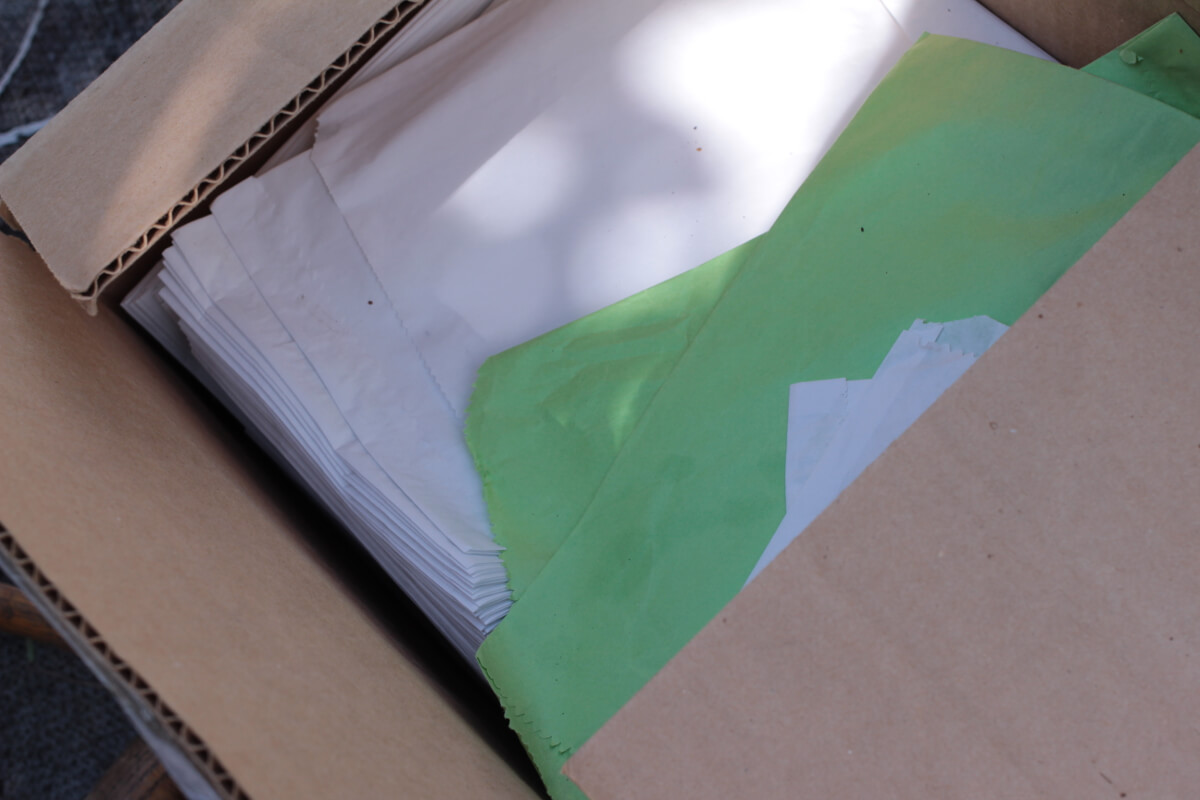
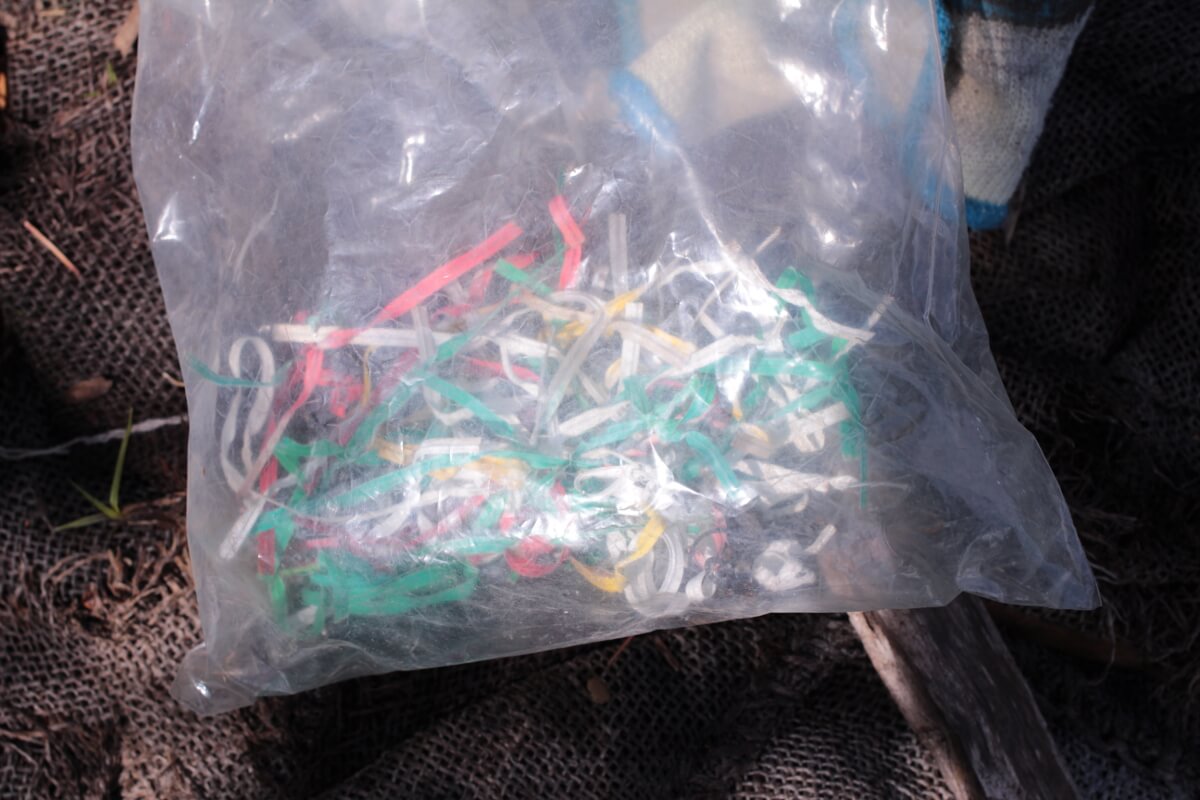
First, you’ll want to prep your bags. As you can guess, these bags weren’t made specifically for fitting around apple stems. Since you don’t want any space between the bag and the apple stem, the large opening can make bagging apples a little tricky and slow.
To speed things up, take an assembly line approach. Take the bulk of your bags and start bunching up the openings. Afterwards, take your twist ties and separate them along their perforated edges if they haven’t been already.
Now you’re ready to add the bags and ties to your apple tree. The bags should completely cover the fruit and should be tied around the stems. Avoid bagging many leaves and branches with your apples, though it’s fine to include a leaf here and there.
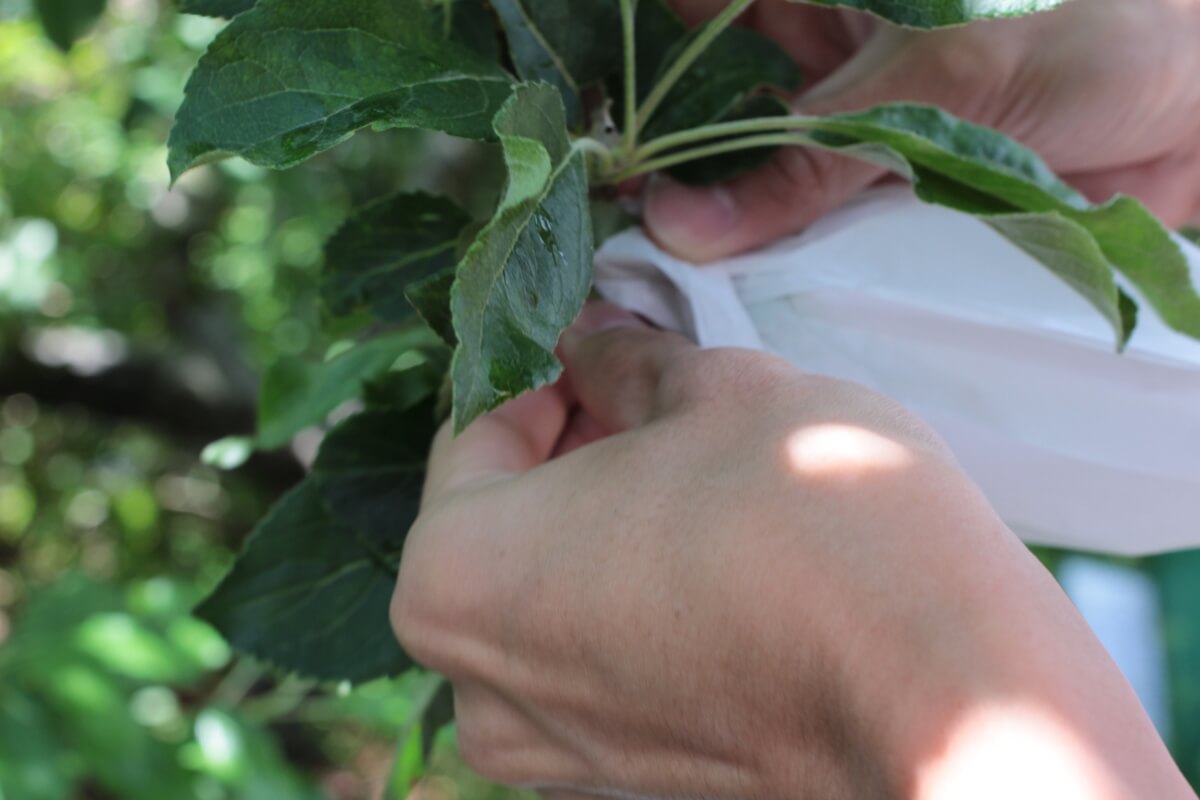
The most important part of apple bagging is to attach your ties tightly. The more space between the folds of the bag and the stem, the easier it will be for apple maggots and codling moths to infest your fruit.
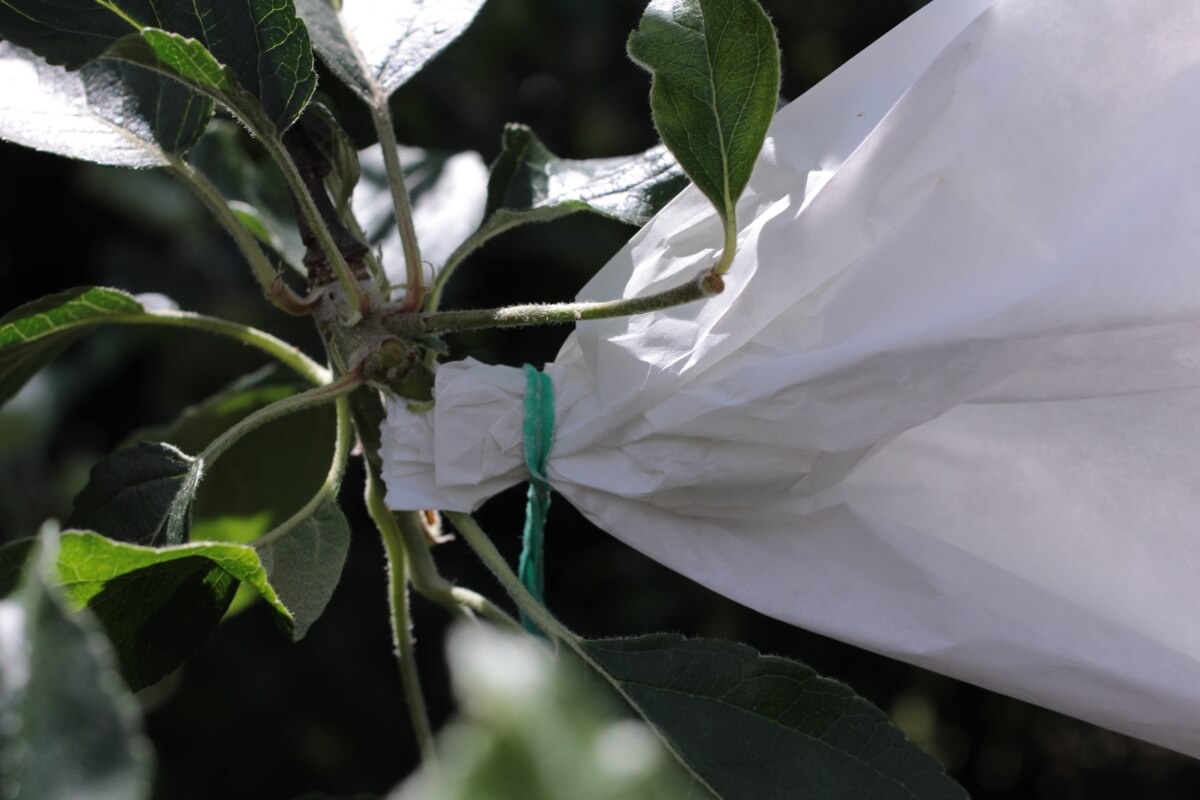
Step Three: Additional Prevention
If you want to be extra cautious,there are other chemical-free methods that can reduce the risk of codling moths and apple maggots.
Companion Plants For Apples
When it comes to reducing pests, companion plants can either attract predators to those apple-destroying insects or can confuse the senses of those bugs. Parsnip is particularly effective against codling moths.
Other reportedly effective companion plants for apples include:
- Nasturtiums which repel codling moths and more when planted around the base of your fruit trees
- Hyssop, which attract beneficial insects
- Sage, which deters codling moths with its high camphor content
- Tansy, which also boasts a high camphor content (be careful with tansy, as it’s toxic when eaten)
- Chives, which help apple scab but not moths and maggots
Codling Moth Traps
In the rainy Pacific Northwest, tent-shaped hanging codling moths traps are most effective when put out by the end of March or earlier. Unfortunately, traps alone are not effective at keeping overall pest populations down.
Apple Maggot Traps & Prevention
The most popular apple maggot traps also hang from your trees, but are red and spherical rather than tent-shaped. These spheres are then covered with tanglefoot. An additional benefit of apple maggot traps is that they’re reusable from year-to-year. These traps are most effective when placed a week or two before buds break in early spring and should be left out until harvest.
You can also enlist some hungry chickens to help you reduce your pest problem. Run a few chickens underneath your trees to eat any apple maggots that may have dropped out of apples from late June to October, and you’ll see fewer maggots next season.
Step Four: Monitor Your Apples
The two things you need to monitor your bagged apples for are earworms and ripeness.
As we mentioned earlier, paper bags don’t protect against earworms. The good thing about earworms is that they eat codling moths. The bad thing about them is that when they eat a hole in your bag, they let more codling moths in. Check weekly to ensure that there are no holes in your bags. If there are, they were likely caused by earworms, and you’ll need to rebag those apples.
Since you won’t get your usual visual clues, you’ll also need to monitor your apples for ripeness. As you get close to harvest, remove a bag or two from your apples. You can tell ripeness by color, ease of removal from your trees, brownness of seeds, and flavor. If the apples aren’t ready yet, check again in a few days.
Again, red varieties of apples won’t gain their full color if they’re bagged, so you may want to remove your bags one to two weeks before you plan on harvesting your apples. Removing the bags early may allow codling moths and apple maggots to infest your apples before they can be picked. If the red color isn’t important to you, you can leave those bags on until the apples are harvested.
More Great Codling Moth Resources:




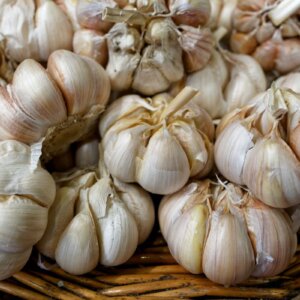


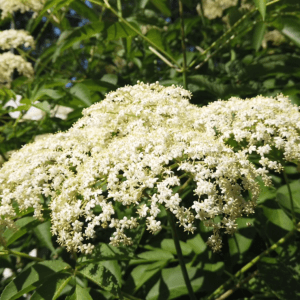

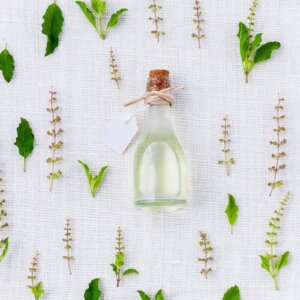

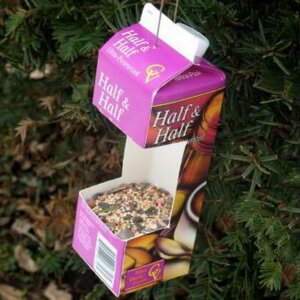



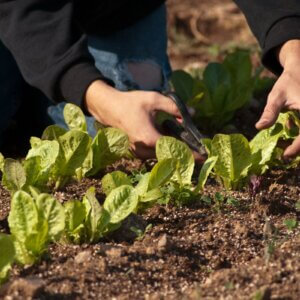


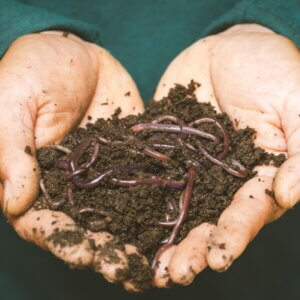


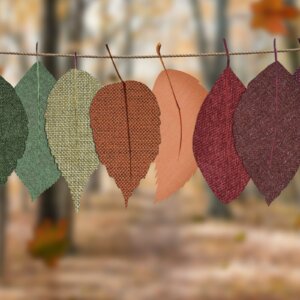



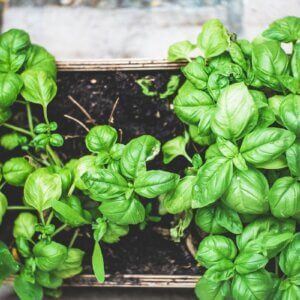
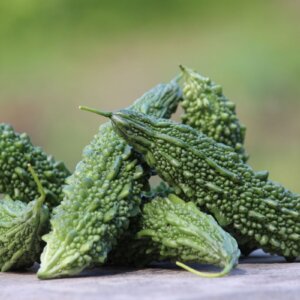


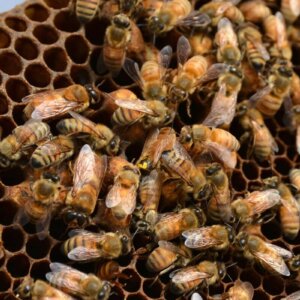
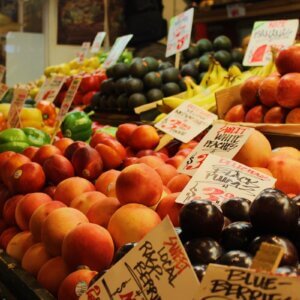

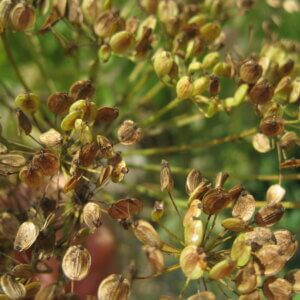



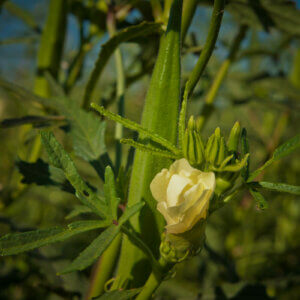



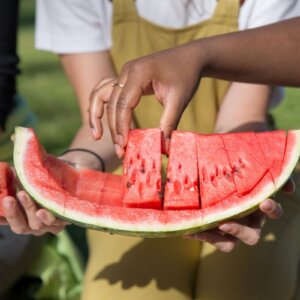
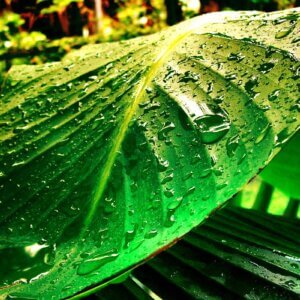
Great post!!
How do the twist ties and paper bags go throughout the season? Do they last or fall off, tip (due to wind, rain, etc) and need replacing?